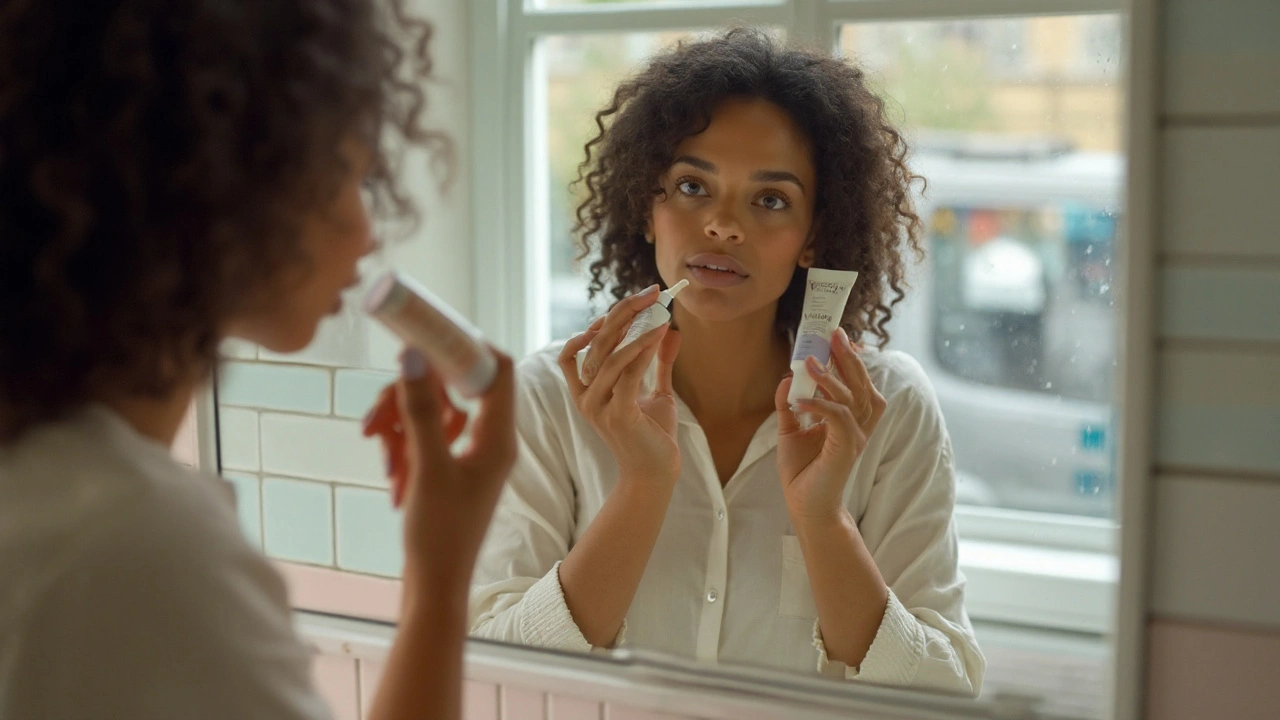Facial Hair: What Makes It Grow and How to Manage It
If you’ve ever wondered why some people have a full beard while others barely have a chin‑strap, you’re not alone. The amount of facial hair you see is mostly about hormones, genetics, and a few health factors. In this guide we’ll break down the main reasons hair shows up on the face, point out medicines that can change the picture, and share simple steps you can take right now.
What Triggers Facial Hair Growth?
Male‑type hormones, especially testosterone and its stronger cousin dihydrotestosterone (DHT), are the main drivers. When the skin’s hair follicles sense more DHT, they switch into a “produce longer, darker hairs” mode. That’s why puberty brings a beard, and why men with higher testosterone often have thicker facial hair.
Genetics also play a big role. If the men in your family have a dense beard, you’re likely to inherit the same follicle sensitivity. Ethnicity matters too – people with Mediterranean, Middle Eastern, or South Asian backgrounds commonly grow more facial hair than those of East Asian descent.
Health conditions can tip the balance. Polycystic ovary syndrome (PCOS) in women raises androgen levels, leading to unwanted facial hair (called hirsutism). Certain tumors or hormone‑affecting drugs can also boost androgen activity.
Medications & Supplements That Can Help or Harm
Some prescription drugs deliberately lower androgen effects. Spironolactone, often used for acne or high blood pressure, blocks DHT and can reduce facial hair in women with PCOS. Anti‑androgen drugs like finasteride work similarly and are sometimes used off‑label for hirsutism.
On the flip side, steroids, anabolic androgenic steroids, and even some testosterone replacement therapies increase DHT levels, making facial hair grow faster and thicker. If you’re on a steroid for a medical reason, talk to your doctor about possible side effects on hair.
Supplements can have subtle impacts. Zinc and vitamin B6 support hormone balance and might help keep excess hair in check, but the effect is modest. Biotin, popular for nail and hair health, actually encourages hair growth, so it could make facial hair a bit more noticeable.When you’re looking for over‑the‑counter options, products containing eflornithine cream are approved to slow facial hair growth in women. Apply it twice daily to the areas you want to keep smoother, and you’ll see a gradual slowdown over weeks.
Remember, any medication or supplement can interact with other treatments you’re on. Always check with a pharmacist or doctor before adding something new, especially if you have a thyroid condition, diabetes, or are pregnant.
Beyond drugs, lifestyle choices matter. Managing stress lowers cortisol, which can indirectly keep hormone swings in check. Regular exercise and a balanced diet keep insulin stable, and that helps prevent androgen spikes that fuel unwanted hair.
In short, facial hair boils down to hormones, genes, and health. If you love the way it looks, no action is needed. If you want to tone it down, consider talking to a healthcare professional about anti‑androgen options, review any steroids you might be taking, and keep an eye on nutrition and stress. With the right info, you can decide what works best for your face and your confidence.
Eflornithine Hair Removal Guide - How to Use Vaniqa Effectively
Discover how Eflornithine (Vaniqa) works for hair removal, the right way to apply it, safety tips, cost, and how it stacks up against other methods.
